A Guide to the Holy Days
09/10/2019 03:18:33 PM
By definition, Reform Jewish Practice is hard to summarize. Nevertheless, I thought it would be helpful to have an outline of the essentials.
The Month of Elul
We often think of the Holy Days as beginning with Rosh Hashanah and ending with Yom Kippur. In fact, the Yamim Noraim (The Days of Awe) officially begin a month before the start of Elul. I think of Elul as the month of conditioning before the big climb, not up Mount Sinai, but rather inside ourselves. The primary task of Elul is to perform a Heshbone Ha’nefesh: An accounting of the soul, a time to ask questions: What went well last year? Where did I go wrong? Who do I feel close too? Whom have I hurt? Where have I been at my best? How have I let myself down? This year the Elul began on Sunday, September 1st.
It is traditional during this time of year to seek forgiveness from those you have offended. Related to asking for forgiveness is the Elul Tradition of New Year’s greetings. As you send out your cards this year, note to whom you do and do not send cards. Please also consider attending S’lichot Service.
S’lichot is a kind of “Holy Days warm up”. This year our S’lichot experience will be on Saturday, September 21st, from 7-8:30. The renowned Story Teller Joel Ben Izzy will join us for an evening of stories and Holy Day teachings appropriate for all ages.
Rosh Hashanah:
First, please set the time aside to actually attend services! Also, try and have a festive meal before and after services. It is traditional to eat apples dipped in honey (the apple symbolizes the earth and the honey our wish for a sweet year). It is also traditional to include a round and sweet challah in your meal, as well. If you’re at a loss as to what to cook, try Reformjudaism.org. Another important element of the observance of Rosh Hashanah is Taschlich. We gather with Congregation Beth Ami at Lake Ralphine in Howarth Park on the first day of Rosh Hashannah, Monday, September 30th at 4:30 to symbolically throw our sins into the water.
The Days in Between:
According to tradition, during the intermediate days,” The Book of Life” is still open, and our fate for the year has yet to be sealed. We may not take this literally, yet the image works well as a metaphor for our work during these Holy Days. This is the time when our own Heshbone Ha’nefesh, our own accounting of the soul, intensifies. Whatever you have put off – reaching out to a loved one from whom you are estranged, paying a debt, telling someone “you care” – this is the time to do it! It is also traditional during these days to contribute to the Jewish Community and give tzedakah. Are you paying your fair share? Are you giving enough to the needy in our community or elsewhere? This is the time to make an honest accounting.
Finally, one of the holiest Shabbatot of the year falls between Rosh Hashanah and Yom Kippur. It is called Shabbat Shuvah, the Sabbath of Return. Make every effort to come that Friday evening and Saturday morning.
Yom Kippur:
As with Rosh Hashanah, the first thing you need to do is make sure you show up! If you have control over your work, plan to be absent. The same is true of school and any other activities that conflict with the observance of this holiest of holy days. Also, plan to stay for the whole day. I know it is long, but without going through the whole process, you won’t have the full experience. For those who can, fasting is also a must! Fasting really does elevate and deepen the experience of contrition and renewal during this most awesome of days.
The next essential element of Yom Kippur (and the rest of Yamim Noraim) is an open and contrite heart. If what you do during the Holy Days doesn’t touch you “inside”, it is all for not! Thus, I’ll share here the Holy Day wishes of a friend: “May you be like a filleted fish before God.” Now that is open!
One last thing: Breaking-the-fast. Fasting is important, as is getting together with family and friends afterwards to break-the-fast, share you Holy Day experience and celebrate the New Year. Try to plan some kind of fast-breaking celebration with family and/or friends. If you don’t have a place to go, know that the congregation always breaks the fast together right after services.
I look forward to the privilege of sharing the Yamim Noraim, the Days of Awe with you in the coming weeks. L’Shanah Tovah!

